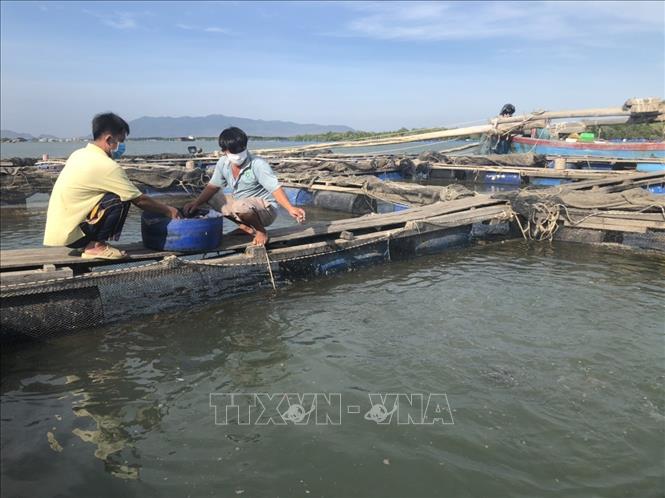
Difficulties to be resolved
According to the Department of Fisheries and Fisheries Control of Ho Chi Minh City (Department of Agriculture and Environment of Ho Chi Minh City), the aquaculture area has reached 6,448 hectares, with an average harvest of over 32,700 tons/year. Of which, the freshwater aquaculture area is 930 hectares, and the saltwater and brackish water area is over 5,500 hectares; many businesses, cooperatives and people have boldly invested in high technology on a total area of nearly 430 hectares. However, in reality, the development of marine aquaculture in the city is facing many difficulties, and solutions are needed to develop strongly and sustainably in the coming time.
Mr. Phan Van Duc, residing in Phuoc Hai commune, a white-leg shrimp farming household applying high technology, shared that the lack of concentrated land fund is one of the major limitations to the development of high-tech aquaculture. Because the time for businesses, individuals, and cooperatives to lease land is short, while the investment capital is quite large, the risk rate in the production process is not small, causing many businesses and individuals to not want to take risks in investing or expanding the scale of production.
Mr. Dao Quoc Tuan, Director of Tu Hai Seafood Company Limited, said that the traffic infrastructure and wastewater treatment in aquaculture and seafood processing planning areas are currently incomplete and lack uniformity, making it difficult for businesses to boldly invest resources and technology. He recommended that the State review and complete the planning of concentrated aquaculture areas and seafood processing zones, ensuring synchronous infrastructure, convenient traffic connections and long-term stability. "Overcoming shortcomings in planning not only improves economic efficiency, promotes business investment but also contributes to environmental protection and sustainable development of the local seafood industry," Mr. Tuan emphasized.
In addition, according to many, Ms. Le Thi Thu Cuc, a fish farmer in cages on the Cha Va River, Long Son Commune, also hopes that the locality will soon have a concentrated center for the production of quality aquatic breeds so that farmers can buy breeds. "Currently, to raise aquatic animals in cages, I have to go all the way to Nha Trang to order, which is very inconvenient. Along with that, we farmers also hope that the State will have a program to support equipment and machinery so that we can regularly check and monitor the farming environment. Currently, we raise aquatic animals but only rely on our senses and experience, so we are not accurate in controlling the environment."
Many households, businesses and aquaculture cooperatives in coastal areas also hope that the city's authorities will soon announce clear plans for aquaculture areas so that they can expand their production scale and boldly invest in aquaculture technology.
Synchronize solutions
With the available advantages in natural conditions and requirements of sustainable development, Ho Chi Minh City is orienting the development of the aquaculture industry towards sustainability, circularity and greenness.
According to the Department of Fisheries and Fisheries Control (Department of Agriculture and Environment of Ho Chi Minh City), to achieve that, the city's Department of Agriculture and Environment is continuing to encourage high-tech shrimp farming models, converting farming methods to intensive and super-intensive farming, promoting high-tech white-leg shrimp production throughout the city. Along with that, the Department of Agriculture and Environment also builds a plan to survey sea areas suitable for developing marine farming in coastal communes to serve the planning of high-tech cage aquaculture.
In addition to encouraging farmers to apply high technology, the industry also encourages farmers to move towards sustainable farming, applying good aquaculture practices (GAP) and equivalent processes; and promoting and disseminating policies to encourage the development of cooperation and linkage in the production and consumption of agricultural products. At the same time, the industry also mobilizes businesses and farming facilities with economic potential to build a closely linked chain from production to consumption and processing.
The Department of Fisheries and Fisheries Control also regularly disseminates and guides farmers to effectively implement technical solutions to cope with climate change such as when there is prolonged heat, drought or when the weather changes to the rainy season (prolonged heavy rain) to stabilize the water environment and improve the resistance of farmed aquatic products. Special attention is paid to the diet and appropriate feeding regime.
Associate Professor, Dr. Nguyen Chu Hoi, Permanent Vice President of the Vietnam Fisheries Association, noted that when planning marine farming areas, coastal localities of Ho Chi Minh City need to pay attention to criteria such as appropriate cage density, avoiding "hot" development of cages in farming areas, this will be the condition to ensure clean, sustainable and controlled aquaculture.
“In order for the aquaculture industry in Ho Chi Minh City to develop sustainably, it is necessary to complete the infrastructure of farming areas, invest in water treatment systems, dykes, electricity, and connecting traffic. At the same time, support people in accessing capital, providing technical training and building brands for typical products of each locality,” said Mr. Hoi.
In 2025, the city's fisheries sector strives for a growth rate of 3.25%, ensuring aquaculture production in the direction of multi-value, multi-object, making practical contributions to the GRDP growth target of the city and the Agriculture and Environment sector.
In the coming period, the goal of the city's fisheries industry is not only to increase output, but also to develop responsibly, associated with green growth, high-tech application and digital transformation in aquaculture management. This is an inevitable direction to help Ho Chi Minh City maximize its marine potential, build a modern, efficient and environmentally friendly fisheries economy, contributing to realizing the goal of sustainable development of Vietnam's marine economy by 2030, with a vision to 2045.
Source: https://baotintuc.vn/kinh-te/phat-trien-ben-vung-nghe-nuoi-bien-bai-cuoi-20251012071825873.htm





![[Photo] General Secretary To Lam attends the opening of the 1st Government Party Congress](https://vphoto.vietnam.vn/thumb/1200x675/vietnam/resource/IMAGE/2025/10/13/1760321055249_ndo_br_cover-9284-jpg.webp)
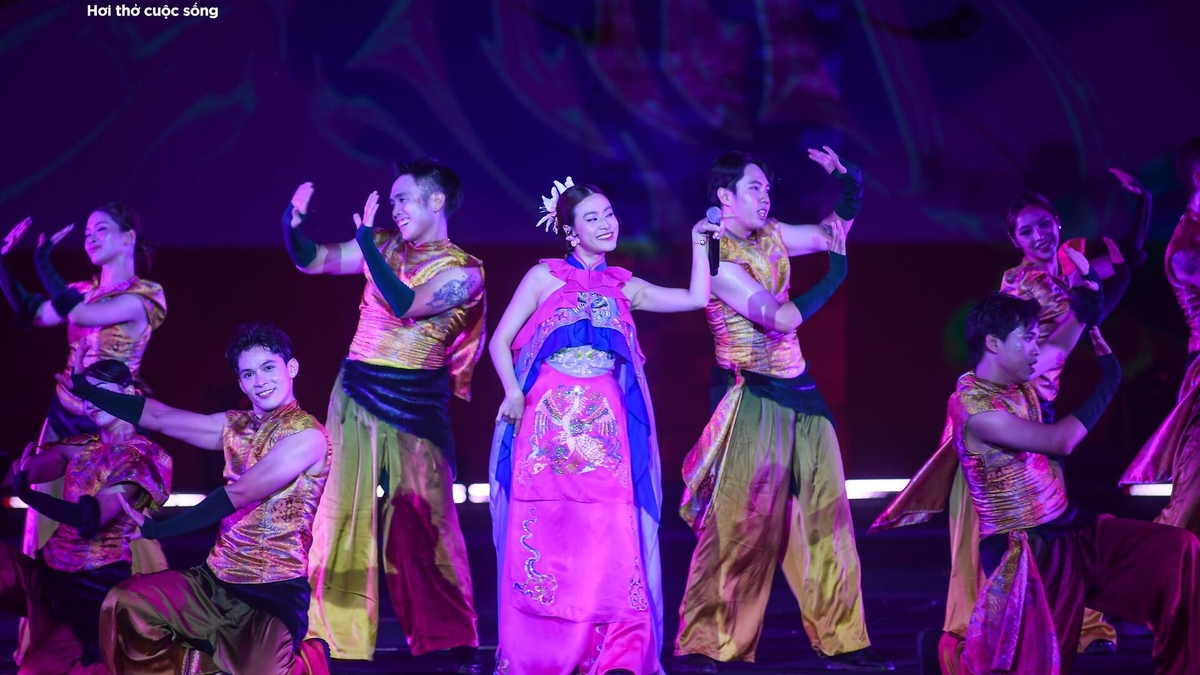
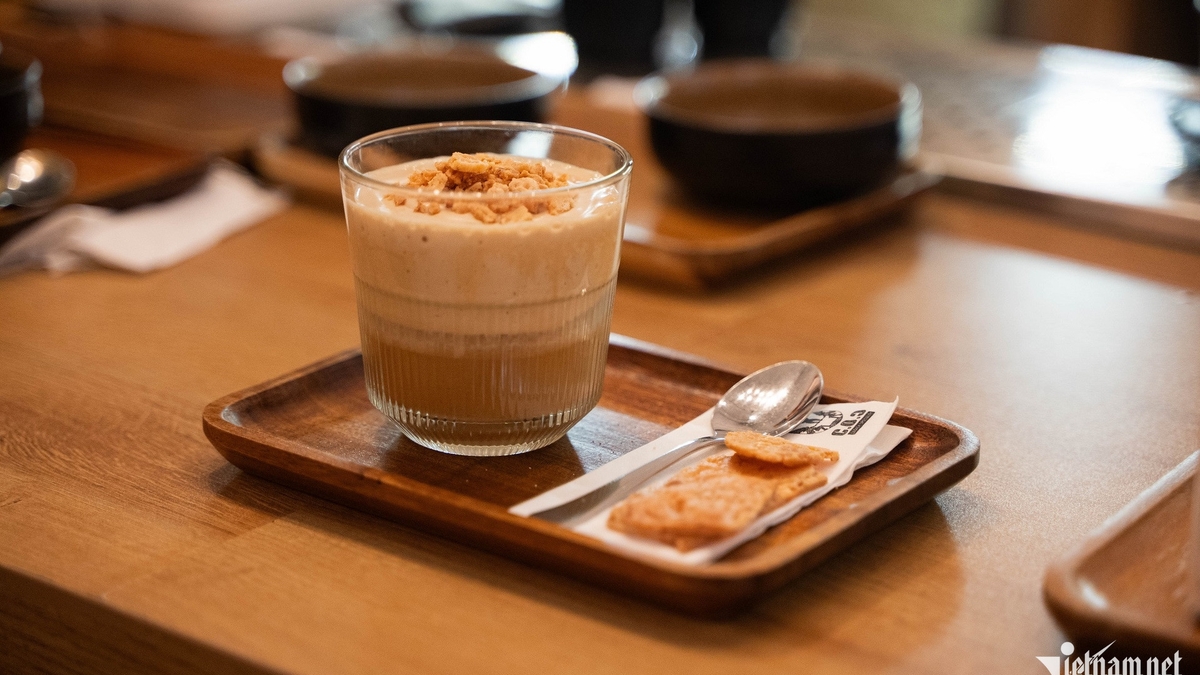
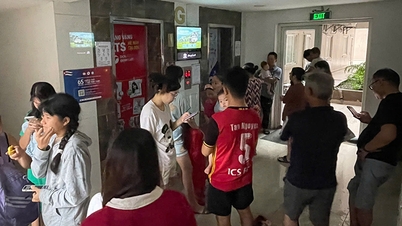
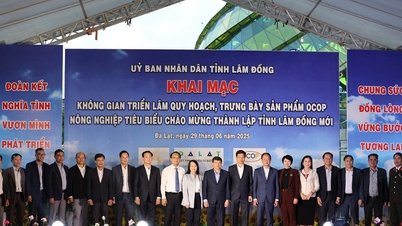

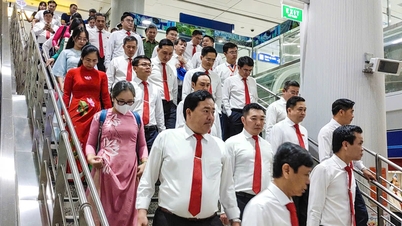
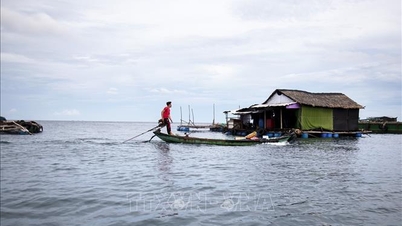

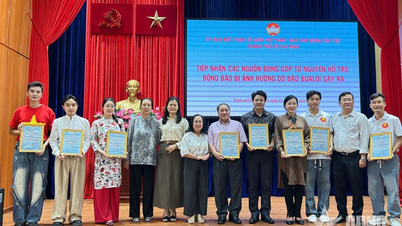

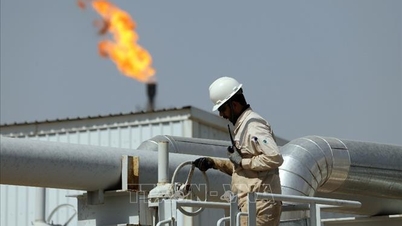
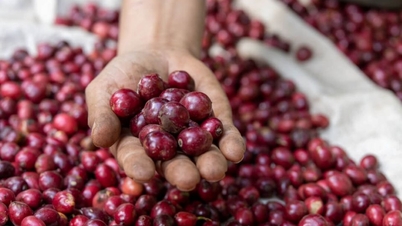

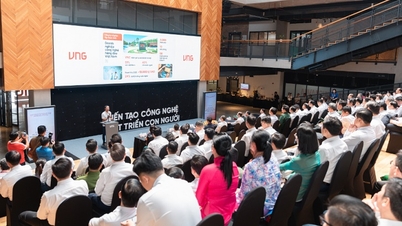
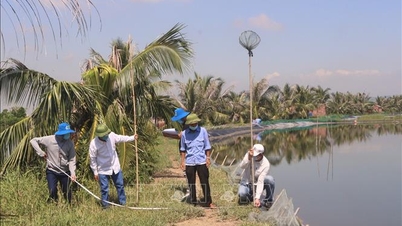
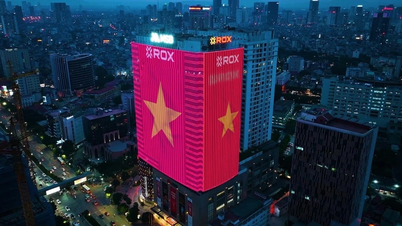

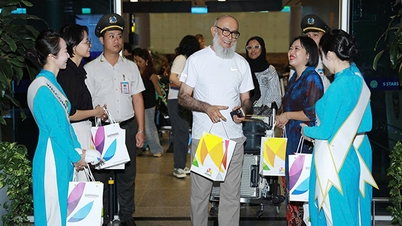




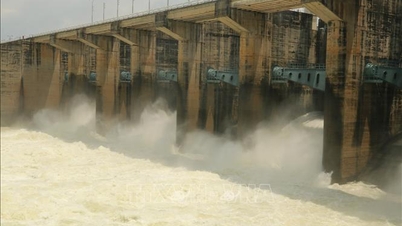
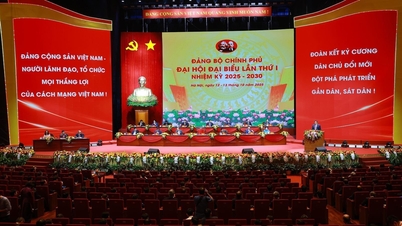
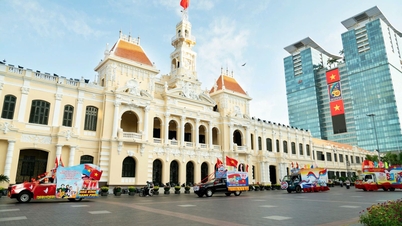
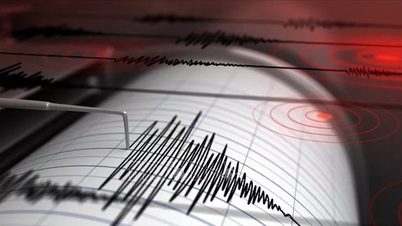
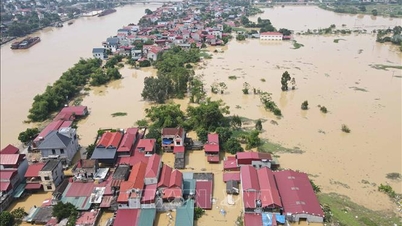
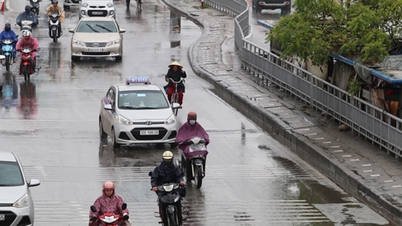
![[Photo] National Assembly Chairman Tran Thanh Man attends the 725th anniversary of the death of National Hero Tran Hung Dao](https://vphoto.vietnam.vn/thumb/1200x675/vietnam/resource/IMAGE/2025/10/12/1760285740475_ndo_br_bnd-8978-jpg.webp)

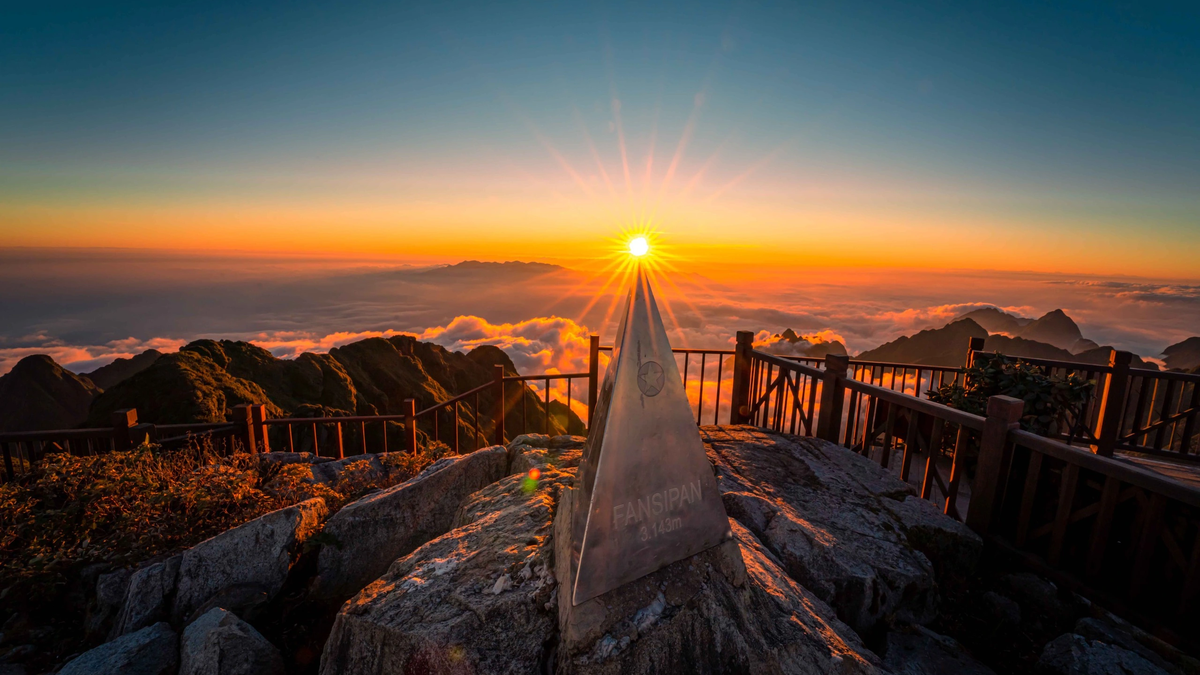











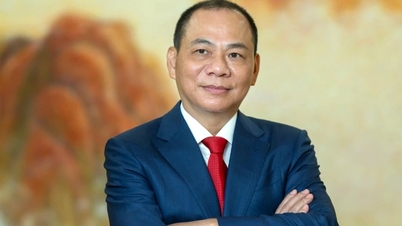









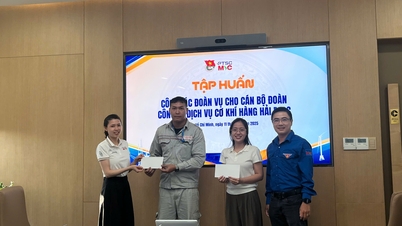













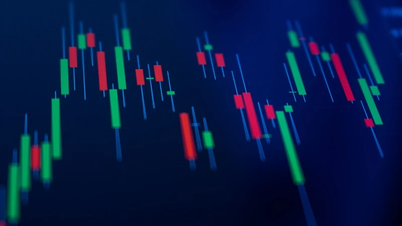
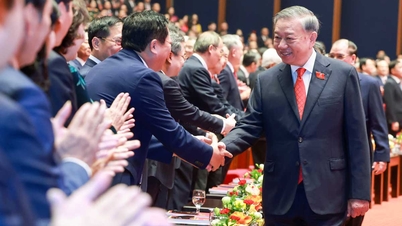
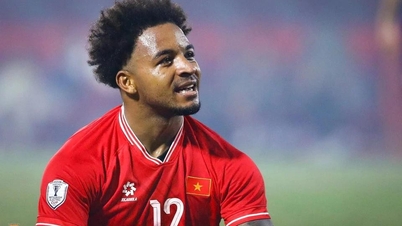
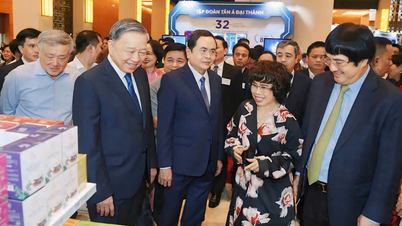



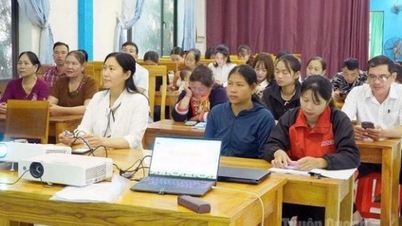


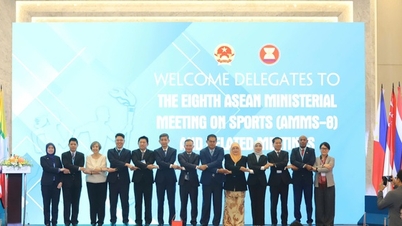
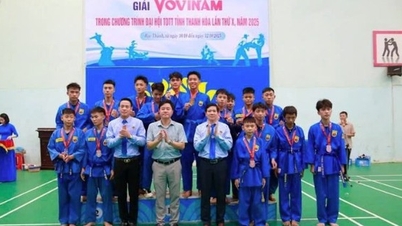
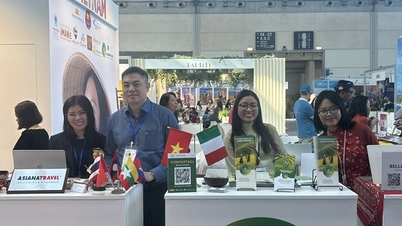
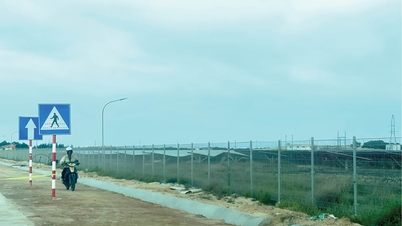



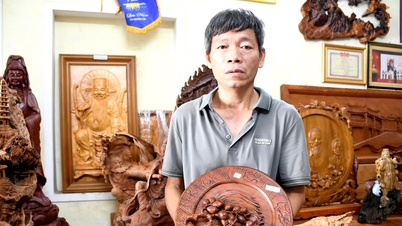





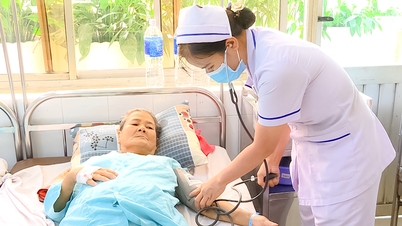











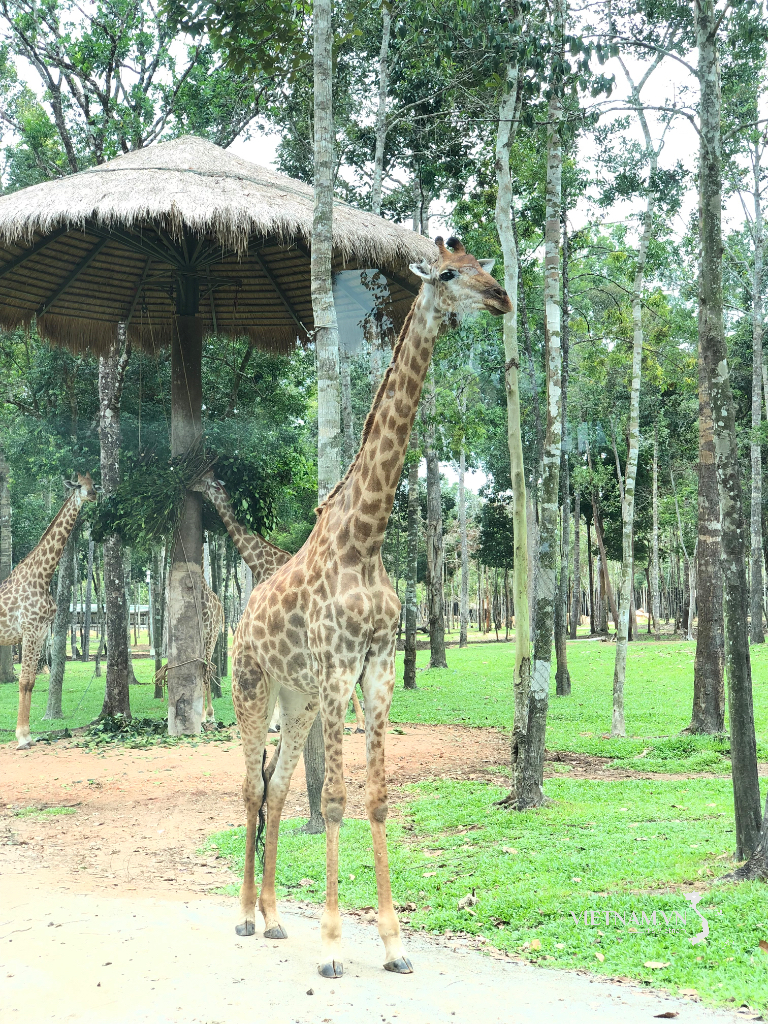



Comment (0)